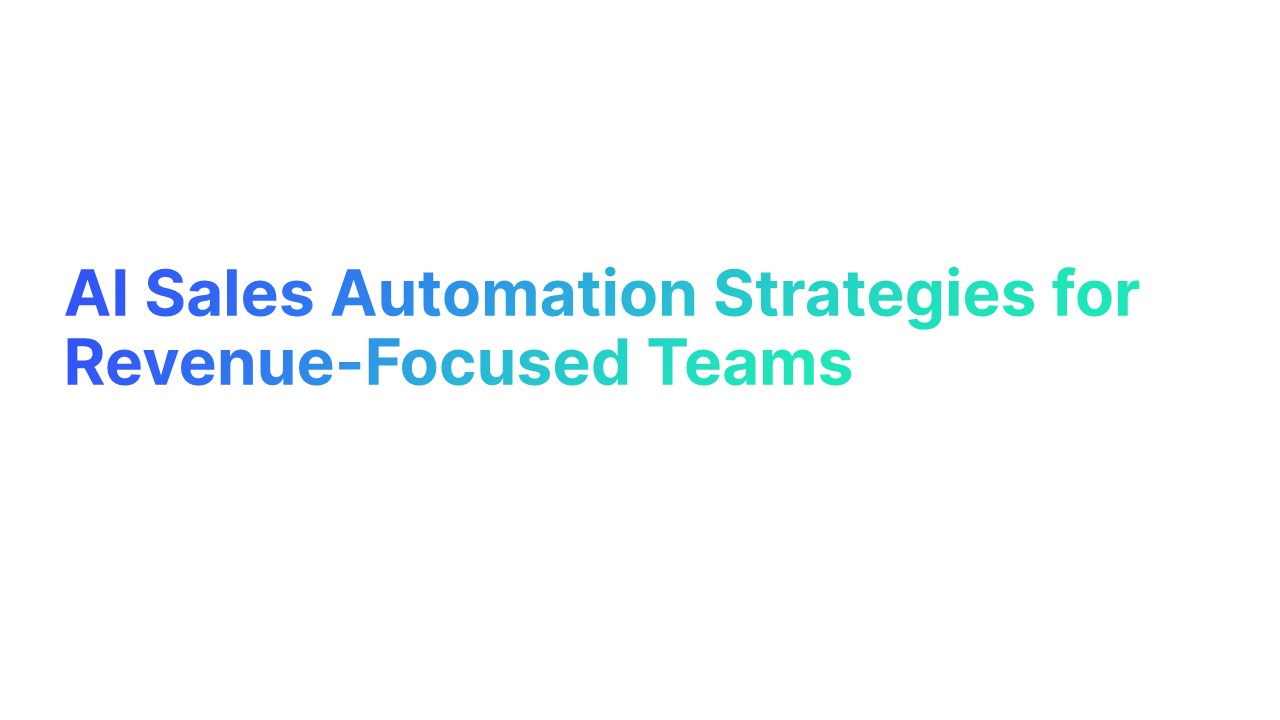Introduction to Sales Effectiveness

What is Sales Effectiveness
Sales effectiveness is the capability of a sales team to win at each stage of the customer journey, ultimately maximizing revenue from the sales process. It's not just about efficiency—which concerns speed and resource utilization—but about effectiveness, or the ability to achieve the desired outcome.
Key Components of Sales Effectiveness:
- Sales Strategy: This involves understanding the market, defining target customers, and crafting messages that resonate. The strategy should align with business goals and address customer needs effectively.
- Sales Processes: Well-defined sales processes are crucial. These include lead generation, qualification, proposal, negotiation, and closure. Each step should be optimized for maximum conversion and customer engagement.
- Sales Skills and Training: The skills of the sales team directly impact effectiveness. Regular training and development help sales reps to improve their negotiation, communication, and relationship-building skills.
- Sales Metrics and Measurement: Monitoring sales effectiveness involves a set of metrics like conversion rates, average deal size, cycle time, win/loss ratios, and customer lifetime value. These metrics help in assessing performance and pinpointing areas for improvement.
- Technology and Tools: Utilizing CRM systems, analytics tools, and other sales automation software can significantly enhance sales effectiveness by providing real-time data and insights, facilitating better customer relationship management, and streamlining sales operations.
- Sales Culture and Environment: Cultivating a positive sales culture that motivates and incentivizes the sales team can boost morale and effectiveness. Recognition, rewards, and career development opportunities contribute to a productive sales environment.
Statistics Related to Sales Effectiveness
- Companies with well-defined sales processes experience up to 28% higher revenue growth compared to those without.
- Organizations that invest in regular training for sales teams see an average performance increase of 20% in sales effectiveness.
- Businesses that actively monitor and act on sales effectiveness metrics are 34% more likely to meet their sales quotas.
- Companies that optimize their sales efficiency through technology and CRM tools report a 15% decrease in sales cycle length and a 25% increase in closing rates.
- Reduction in customer acquisition cost by 18% is observed when sales and marketing teams are closely aligned, enhancing overall sales effectiveness.
Sales Efficiency vs. Sales Effectiveness: Understanding the Differences
How to Measure Sales Effectiveness
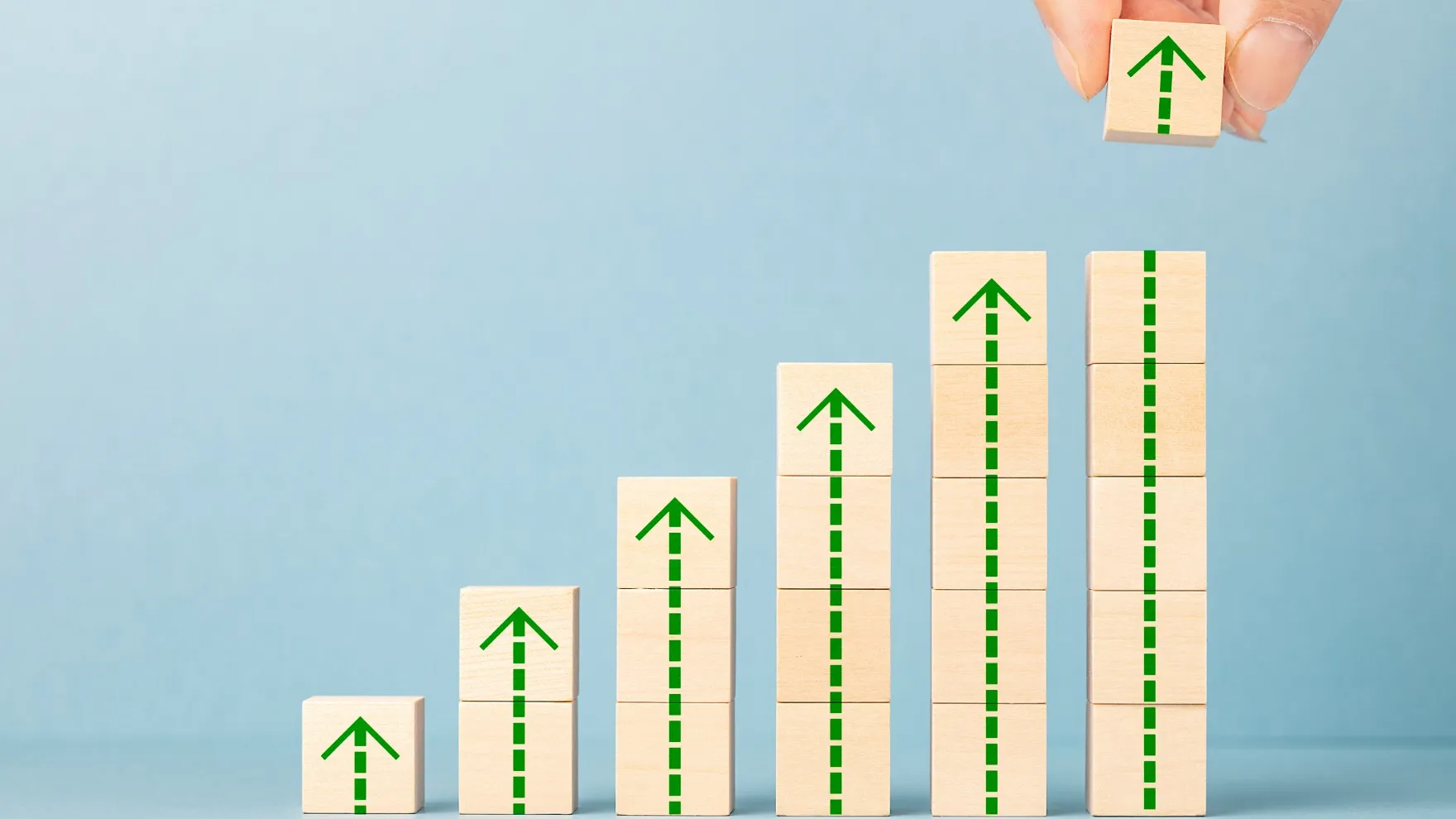
To gauge the effectiveness of your sales strategies, it’s crucial to track specific metrics that provide insights into the performance of your sales team and the efficiency of your sales processes. Here’s how you can measure sales effectiveness:
1. Analyzing Your Sales Pipeline
The sales pipeline is a vital indicator of your team’s potential to close deals. By observing your pipeline, you gain insights into the volume and quality of leads at various stages.
- Lead Conversion Rate: Calculate the percentage of leads that move from one stage to the next. A lower than industry average conversion rate, which typically stands at around 27%, might indicate issues in sales tactics or lead quality.
- Pipeline Value: Assess the total dollar value within different stages of your pipeline. This helps you predict revenue and identify stages where deals tend to stall.
2. Evaluating Engagement and Activity Levels
Engagement metrics can reveal how effectively your sales team interacts with potential and existing customers, impacting overall sales effectiveness.
- Number of Touchpoints: Track the average interactions per prospect. A higher frequency often correlates with higher engagement and potentially higher sales effectiveness.
- Response Rates: Monitor the response rates to emails, calls, and meetings. Effective sales teams typically achieve email response rates above the 30% benchmark.
3. Understanding Win and Loss Rates
Win/loss analysis is crucial for identifying the strengths and weaknesses of your sales approach, allowing you to replicate successful strategies and address areas causing losses.
- Win Rate: Calculate the ratio of deals won to deals proposed. A strong sales team might see win rates of around 33%.
- Reasons for Loss: Conduct exit interviews or surveys to understand why deals were lost, focusing on factors like pricing, product fit, or competitor advantages.
4. Assessing Sales Rep Influence and Upsell Effectiveness
Post-initial purchase interactions can significantly enhance customer lifetime value through upselling and cross-selling strategies.
- Upsell Ratio: This metric reflects the effectiveness of sales reps in selling additional value to existing customers. Industry leaders often achieve upsell ratios around 20%.
- Customer Retention Rates: Measure how well sales reps maintain client relationships, which directly impacts repeat business. Aim for a retention rate above the industry average of approximately 75%.
6 Key Metrics to Measure the Effectiveness of Your Sales

To effectively measure the performance of your sales strategies and ensure your sales team is operating at its best, consider tracking the following six key metrics:
1. Conversion Rate
One of the most direct indicators of sales effectiveness is the Conversion Prate, which measures the percentage of prospects who have been converted into paying customers. This metric is crucial for understanding the effectiveness of your sales funnel and your team's ability to close deals.
How to Measure: Calculate the Conversion Rate by dividing the number of new customers over a given period by the number of prospects approached during the same period, then multiply by 100 to get a percentage.
A higher conversion rate typically indicates that your sales strategies and tactics are effective at persuading prospects. Monitoring this metric can also help identify stages in the sales process that may need adjustment to improve performance.
2. Average Deal Size
The Average Deal Size is a valuable metric for assessing the value your sales team is bringing to the table with each closed deal. It helps gauge the impact of your sales efforts on revenue and informs strategic decisions related to pricing and sales tactics.
How to Measure: Determine the Average Deal Size by dividing the total revenue earned from sales in a period by the number of deals closed during that same period.
Tracking the average deal size helps you understand trends in how your products or services are being purchased and whether your team is effectively up-selling or cross-selling.
It also provides insight into the quality of your sales pipeline and customer base.
3. Sales Cycle Length
The Sales Cycle Length measures the amount of time it takes to close a deal. This metric is essential for optimizing the efficiency of the sales process and resource allocation.
How to Measure: Calculate the Sales Cycle Length by averaging the duration of time taken from prospecting to closing for a representative number of deals.
A shorter sales cycle typically indicates a more efficient sales process, allowing your team to close more deals in less time, thus improving overall sales efficiency.
By understanding the length of the sales cycle, you can identify bottlenecks and areas for process improvement, potentially reducing costs and increasing sales effectiveness.
4. Sales Efficiency Ratio
The Sales Efficiency Ratio is a crucial metric for understanding how effectively your sales resources are being converted into revenue. It’s a direct indicator of the productivity and profitability of your sales efforts.
How to Measure: Calculate Sales Efficiency Ratio by dividing the revenue achieved by the costs associated with the sales process, such as salaries, commissions, and other sales-related expenses, over the same period.
A good sales efficiency ratio helps gauge the return on investment for your sales activities. A higher ratio indicates that your sales team is generating more revenue per dollar of cost, which signifies higher efficiency and effectiveness.
It’s vital for making informed decisions about scaling your sales efforts and allocating resources.
5. Revenue from Existing Customers vs. New Business
This metric differentiates the revenue streams from your established customer base versus that from newly acquired clients, offering insights into the growth and sustainability of your business.
How to Measure: Track the total revenue and categorize it into revenue from existing customers and revenue from new customers over a specific period. Comparing these figures will give you a clear picture of your customer retention and acquisition effectiveness.
Understanding where your revenue is coming from helps you tailor your sales and marketing strategies effectively.
A healthy balance between new and repeat business is often indicative of both a robust acquisition strategy and successful customer retention efforts, essential for long-term business sustainability.
6. Percentage of Qualified Leads
Measuring the Percentage of Qualified Leads helps evaluate the quality of leads entering your sales pipeline and the effectiveness of your lead generation and qualification processes.
How to Measure: This metric is calculated by dividing the number of leads deemed qualified (ready for direct sales efforts) by the total number of leads generated, then multiplying by 100 to get a percentage.
A high percentage of qualified leads suggests that your marketing efforts are well-targeted and that the sales team is spending their time on leads with a higher likelihood of converting.
Efficient lead qualification is key to improving both sales effectiveness and efficiency, as it ensures resources are allocated to the most promising opportunities.
How to Improve Sales Effectiveness
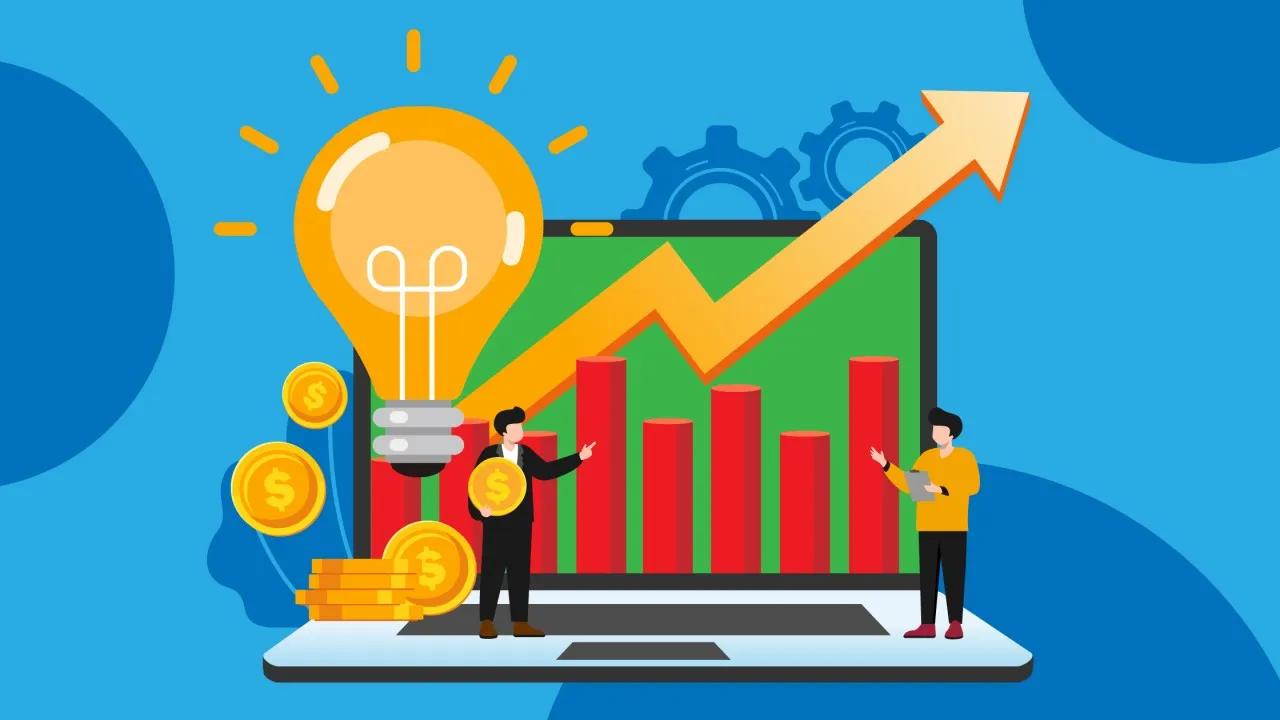
Improving sales effectiveness involves strategic enhancements across several dimensions of the sales process to align the sales force with business objectives, optimize the use of resources, and maximize sales performance and customer satisfaction. Here’s how to refine your approach:
1. Refine Your Sales Strategy
A well-defined sales strategy sets the foundation for effective selling. This involves understanding your target market, refining your value proposition, and ensuring your sales efforts align with the broader business objectives.
Segment Your Market: Tailor your sales approach to different customer segments. Understand their unique needs and preferences to more effectively address their pain points.
Define Clear Objectives: Establish clear, measurable goals for your sales team that tie back to the overall business goals. Regularly review these objectives to ensure they remain relevant.
2. Enhance Sales Process
Streamlining your sales processes can significantly increase efficiency and effectiveness. This involves removing bottlenecks, simplifying steps, and ensuring a smooth progression from lead generation to closing.
Optimize the Sales Funnel: Analyze each stage of your sales funnel for drop-offs and bottlenecks. Implement strategies to improve sales efficiency such as better lead qualification or more effective closing techniques.
Implement Sales Enablement Tools: Leverage technology to automate routine tasks, provide comprehensive customer insights, and support your sales team with the right information at the right time.
3. Invest in Training and Development of Sales Team
Continuous sales training and development help your sales team refine their skills and adapt to changing market conditions or new product offerings.
Regular Training Programs: Conduct regular training sessions that cover both the basics of selling and advanced techniques. Include product training, negotiation skills, and customer relationship management.
Mentorship and Coaching: Pair less experienced sales reps with seasoned professionals for mentoring. Regular coaching sessions can help address individual weaknesses and build confidence.
4. Monitor and Adjust Based on Performance Metrics
Tracking key performance metrics allows you to measure sales effectiveness and identify areas for improvement.
Key Metrics: Track metrics such as conversion rates, average deal size, sales cycle length, and customer satisfaction scores.
Regular Reviews: Hold regular review sessions to analyze these metrics, discuss what is working and what isn’t, and adjust your strategies accordingly using tracking sales efficiency tools.
5. Improve Customer Relationship Management
Building and maintaining strong relationships with customers can lead to higher conversion rates, repeat business, and referrals.
Personalized Interactions: Use customer data to personalize interactions and make customers feel valued. Tailored recommendations and communications can enhance customer engagement.
Feedback Loops: Establish channels for customer feedback and act on it. This not only improves the product or service but also shows customers that their input is valued.
6. Leverage Technology
Utilizing the right technology can provide a significant boost to sales productivity. CRM systems, data analytics tools, and automated marketing platforms can streamline operations and provide valuable insights.
CRM Systems: Implement a CRM system to manage customer interactions, track sales progress, and store critical customer information in one place.
Analytics and Data Insights: Use data analytics to gain insights into customer behavior, preferences, and trends. This information can guide your sales strategies and help measure sales efficiency and measuring sales effectiveness.
Sales Effectiveness Tools

Sales effectiveness tools are designed to support and enhance the performance of sales teams by providing them with the means to streamline processes, manage customer relationships effectively, and gain valuable insights through data analysis.
Here's an overview of some essential types of sales effectiveness tools that can significantly impact the efficiency and productivity of a sales force:
1. Customer Relationship Management (CRM) Software
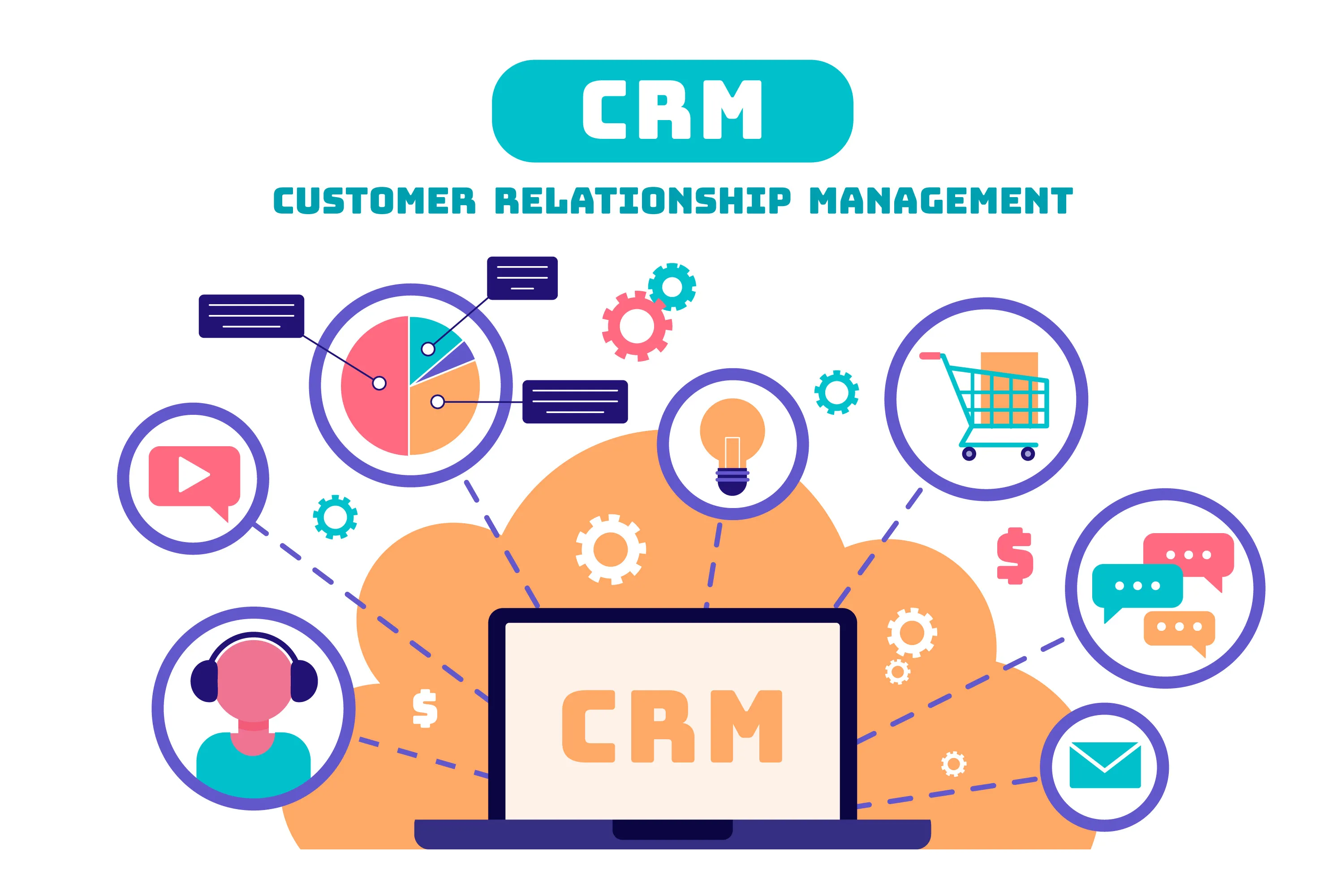
CRM software is at the core of modern sales effectiveness tools. It helps sales teams manage interactions with current and potential customers, track sales opportunities, and automate sales functions.
Examples: Salesforce, HubSpot CRM, Zoho CRM
Benefits: CRM systems help consolidate customer information, track sales interactions, manage sales pipelines, and ensure that all team members have access to the same data, enhancing collaboration and efficiency.
2. Sales Analytics and Performance Management

These tools provide detailed analytics on sales activities and performance, helping sales leaders make data-driven decisions.
Examples: Tableau, Looker, PowerBI
Benefits: They offer insights into sales trends, performance metrics, and forecasting, enabling teams to adjust strategies in real time, optimize sales processes, and improve sales performance.
3. Sales Enablement Platforms

Sales enablement platforms provide sales teams with the content, information, and collaboration tools needed to engage effectively with prospects.
Examples: Seismic, Highspot, Showpad
Benefits: These platforms ensure that all sales reps have easy access to up-to-date sales materials and content, which are aligned with the buyer's journey, thus improving sales conversations and outcomes.
4. Communication and Outreach Tools

Tools that facilitate communication and outreach allow sales teams to engage with prospects through various channels efficiently.
Examples: Outreach, Yesware, Mailchimp
Benefits: These tools help manage email campaigns, automate follow-ups, and track engagement rates, allowing sales teams to more effectively reach out to prospects and maintain engagement over time.
5. Lead and Prospect Management Tools
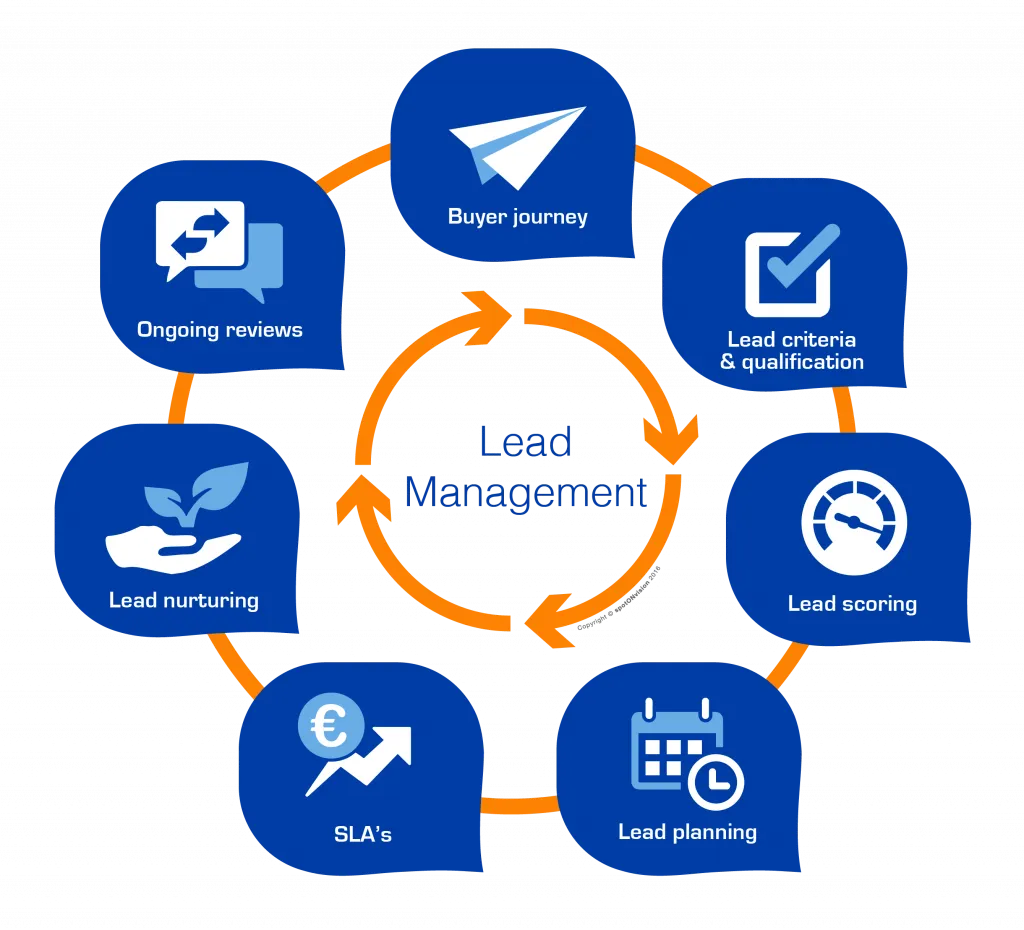
Software that helps with lead generation and management is crucial for filling the sales pipeline with qualified prospects.
Examples: Leadfeeder, Unbounce, HubSpot Marketing Hub
Benefits: These tools help identify potential leads, capture their information, and nurture them until they are ready to be handed over to the sales team.
6. Contract and Proposal Management
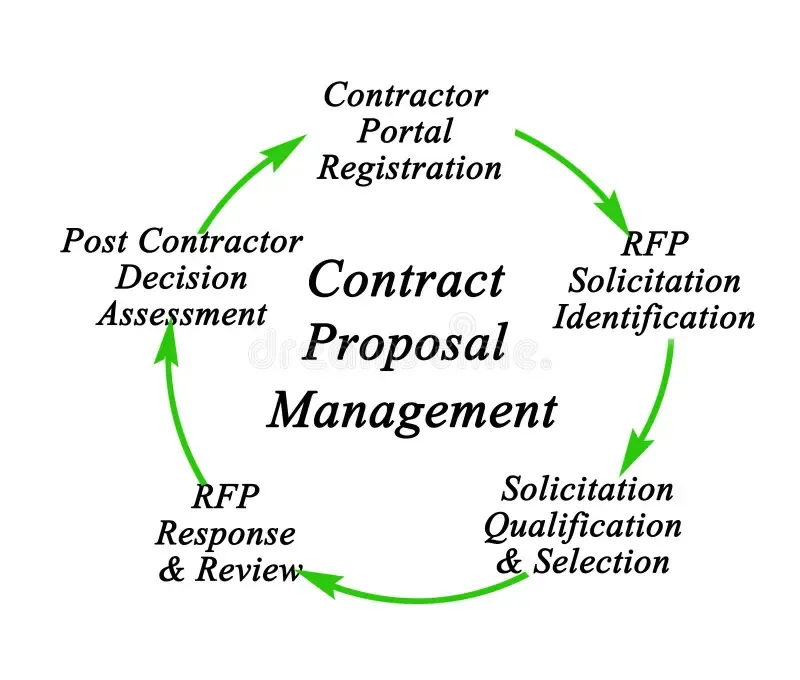
Tools that streamline the creation, negotiation, and management of contracts and proposals can significantly speed up the sales cycle.
Examples: DocuSign, PandaDoc, Proposify
Benefits: These applications automate the proposal and contract processes, ensuring faster turnaround times and reducing the likelihood of errors, which helps close deals more efficiently.
7. Training and Development Platforms
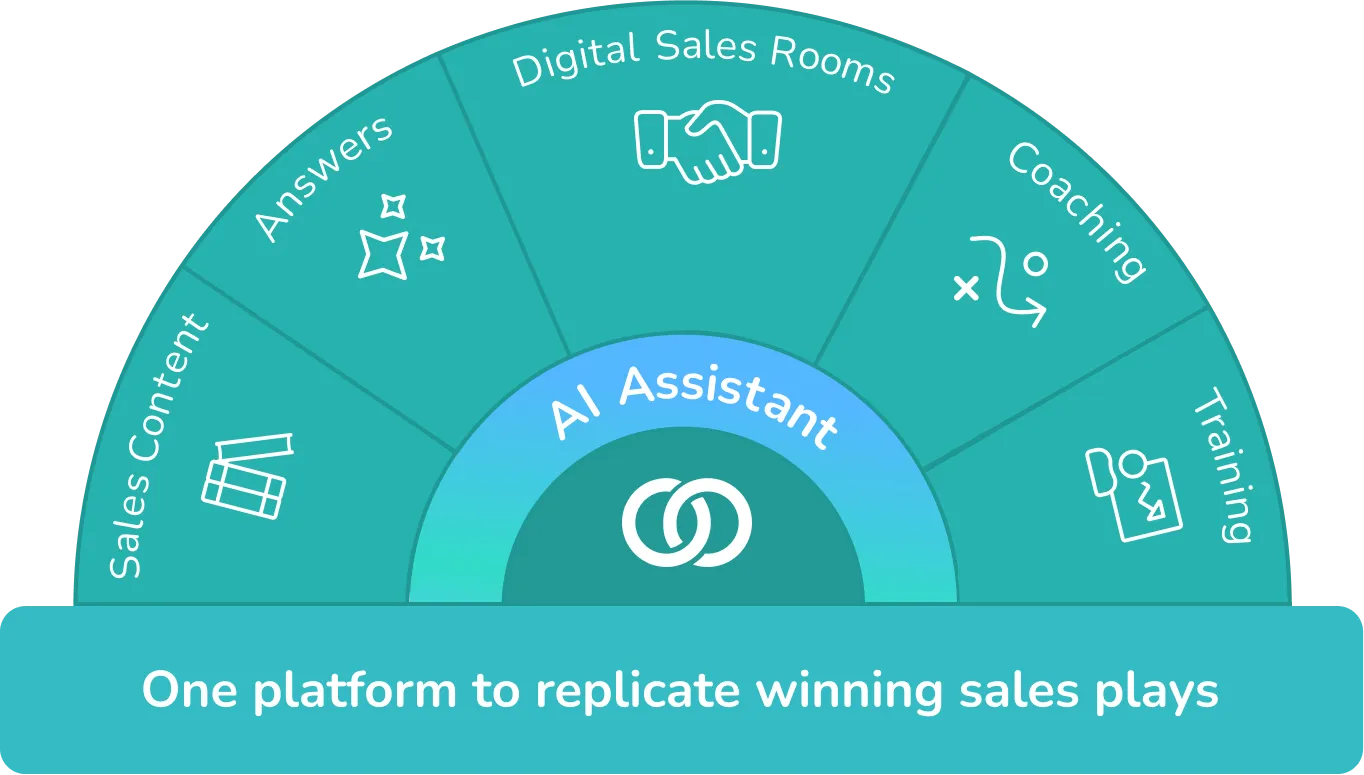
Platforms that facilitate ongoing training and development for sales teams are essential for maintaining high levels of sales effectiveness.
Examples: LinkedIn Learning, SalesHood, MindTickle
Benefits: They provide ongoing training and skills development to improve sales techniques and strategies, ensuring that sales teams are up-to-date with the latest sales methodologies and technologies.
Concluding Thoughts
Assessing and optimizing your sales effectiveness is not just about tracking your team’s performance; it’s about strategically employing that data to refine and enhance every aspect of your sales operations. By prioritizing these six key metrics, you empower your organization to make informed decisions that boost efficiency and foster substantial growth.
Remember, the goal is to turn insights into action—identifying weaknesses in the sales pipeline, adjusting engagement tactics, and enhancing customer interactions can dramatically improve your outcomes. Adopt these metrics as your navigational tools, and you’ll steer your team towards increased sales effectiveness and business success.





.webp)

